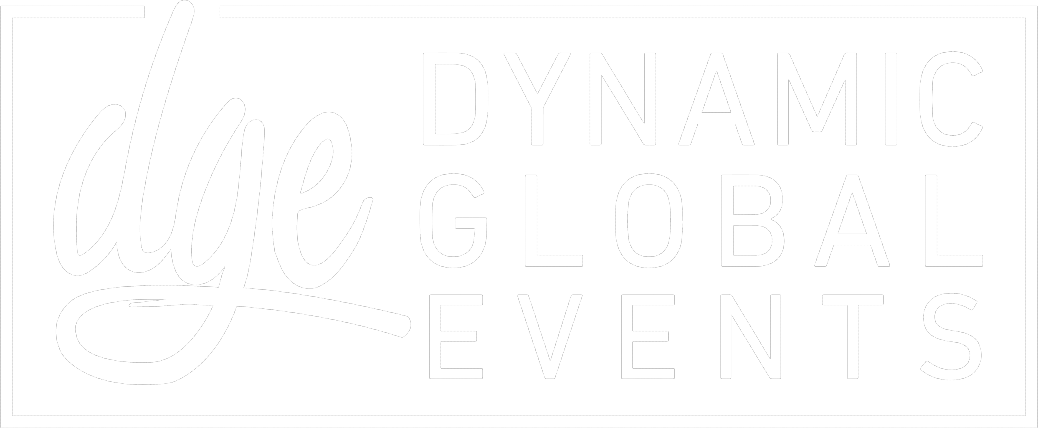With ongoing restructuring, teams must quickly adapt to change while maintaining efficiency. How can you navigate change control effectively, and what strategies ensure these transitions are managed seamlessly?
- Examine how recent regulatory shifts impacted change control processes
- Analyze how different companies navigate change management
- Recognize the importance of being able to quickly adapt to change
Being inspection-ready at all times means ensuring that all documents are complete, well-organized, and fully compliant with GCP guidelines. In 2024, the FDA Compliance Program Manual introduced updated instructions for inspections—does your team have the right processes in place to meet these evolving requirements?
- Learn from past mistakes in inspections
- Review the updates from the FDA Compliance Program Manual
- Navigate each stage of inspection
 Maureen CunninghamDirector, Clinical Oversight, Systems and TrainingUNITED THERAPEUTICS
Maureen CunninghamDirector, Clinical Oversight, Systems and TrainingUNITED THERAPEUTICS Deborah HogueDirector, Clinical Process ComplianceABBVIE
Deborah HogueDirector, Clinical Process ComplianceABBVIE Sheri Pudlosky-BrierleyAssociate Director, Operations and Continuous ImprovementIMMUNOCORE
Sheri Pudlosky-BrierleyAssociate Director, Operations and Continuous ImprovementIMMUNOCORE Carla DiFazioSenior Clinical Quality Operations Manager, VaccinesMERCK
Carla DiFazioSenior Clinical Quality Operations Manager, VaccinesMERCK
As DOJ, FDA, and OIG ramp up enforcement around clinical trials, sponsors and sites must rethink how their oversight processes intersect with fraud, false claims, research misconduct, and data integrity violations. This session explores the growing trend of criminal and civil investigations tied to poor trial oversight, including real-world case studies where clinical quality failures led to litigation, reputational damage, or even prosecution.
- Discover what quality failures draw legal scrutiny—and how to spot them early
- Review how internal audits and monitoring reports can become government exhibits
- Go over lessons from recent fraud cases tied to site misconduct, data fabrication, and billing abuse
- Explore legal clauses you should be updating in your CTAs now to reduce exposure
ICH E6(R3) discusses the latest expectations for good clinical practice, and the final draft of this document will be released in 2025. One of the biggest changes is the switch from QTLs into 'acceptable ranges.' The purpose of this change is to create a more flexible and adaptable mindset for clinical trials. Is your team prepared to address these changes that will be implemented in 2025?
- Clarify the differences between ICH E6(R2) and ICH E6(R3)
- Debate the value 'ranges' vs QTLs
- Discuss how ICH E6(R3) will impact the future of clinical trials
As clinical trials become more complex, the pressure on Contract Research Organizations and sponsors to enhance effectiveness while maintaining high-quality standards also increases. To ensure that study quality remains consistent, it's crucial to select the right CRO and establish clear, efficient collaboration throughout the entire trial process. How can your team evaluate and choose the most suitable CRO based on expertise, experience, and alignment with trial goals?
- Examine the main things to monitor during CRO oversight
- Learn how to communicate with your CRO properly
- Clarify expectations in ICH E6(R3)
Achieving world-class Good Clinical Practice compliance requires more than meeting basic regulatory requirements—it demands a culture of operational excellence. How can you embed continuous improvement principles into your quality program?
- Identify and apply key operational metrics that meaningfully track and improve GCP compliance
- Implement continuous improvement techniques to systematically elevate your quality program
- Create a sustainable, organization-wide culture of quality that evolves and strengthens over time
Evolving tools, methods and quality skillsets to ensure effective vendor and investigator site quality is essential in today's dynamic clinical research environment. Quickly evolving science and technology, combined with resource constraints, necessitate a change in how we approach effective quality oversight. This includes targeting new skillsets in quality, more advanced approaches to risk detection and analysis, leveraging data and analytics and a more focused approach to audits. How can we partner with our business and third parties to effectively implement this strategic change?
- Review historical approaches to vendor and site quality
- Analyze factors in clinical research environment and within companies driving this shift
- Explore evolving methods, tools, quality skillsets and implementation strategy
Source Data Verification ensures that reported data accurately reflects the source data at clinical sites. However, with the industry shifting from 100% SDV to Risk-Based Monitoring, its true impact on data quality is being questioned. According to Medidata, less than 3% of queries in critical data are driven by SDV, prompting an important discussion: Does SDV have a negligible effect on overall data quality?
- Review whether inspections have highlighted where it would be beneficial to have SDV
- Discuss the ROI related to SDV
- Debate whether not using SDV will influence data integrity
With the adoption of the final release of ICH E6(R3) on 06 Jan 2025, it is now imperative that the pharmaceutical industry implement Risk Based Quality Management in an efficient and effective manner to ensure better oversight of clinical trials.
This presentation will include review of specific examples of how key RBQM principles can be effectively put into practice, including:
- Incorporating Quality by Design elements in the protocol design.
- Use of critical thinking in the analysis of key data trends.
Data integrity and validation have long been challenges in quality oversight, and with the influx of data from numerous new sources, ensuring its accuracy and proper handling is more critical than ever. The introduction of stricter guidelines on data governance through ICH E6(R3) further complicates this task. How can your team master data verification processes while ensuring compliance with the updated regulatory requirements?
- Tackle the challenges associated with data collection and validity
- Grasp the new regulatory requirements
Identifying Critical to Quality factors is essential for ensuring quality alignment in your study. How can your team effectively implement CTQs, and how can these factors be used to enhance the overall quality and efficiency of your clinical trial?
- Explain the value of CTQs
- Uncover how CTQs play into risk assessment
- Discover how to apply CTQs in your company
- Examine the Differences Between In-House and Outsourced Centralized Monitoring
- Achieve Proactive Quality and Inspection Readiness through Digital Transformation
- Enhance Diversity in Clinical Trials Through Data-Driven Oversight
- Discuss the Impact of Fraud and Misconduct in Trials
Audit trail review ensures the quality and integrity of reported data. Pharmaceutical companies have to manage vast amounts of sensitive data while following regulatory standards. FDA guidelines on data integrity emphasize the importance of risk-based approaches – is your team operating up to their expectations?
- Clarify how to set up an audit trail review
- Examine how these new steps can be beneficial for your company
- Determine how to gauge and improve your internal processes
Decentralized and hybrid trials have been increasing in popularity ever since COVID-19. According to a GlobalData survey, patient recruitment and participation are the primary incentives for adopting decentralized clinical trials in the future. They have additional risks when compared to regular clinical trials such as geographical diversity of patients, remote technologies, and quality monitoring. What does the future look like when adopting these hybrid trial models?
- Study the additional challenges that come from decentralized trials
- Explain how quality monitoring differs from in-person trials
- Understand how data collection can be more challenging in decentralized trials





















